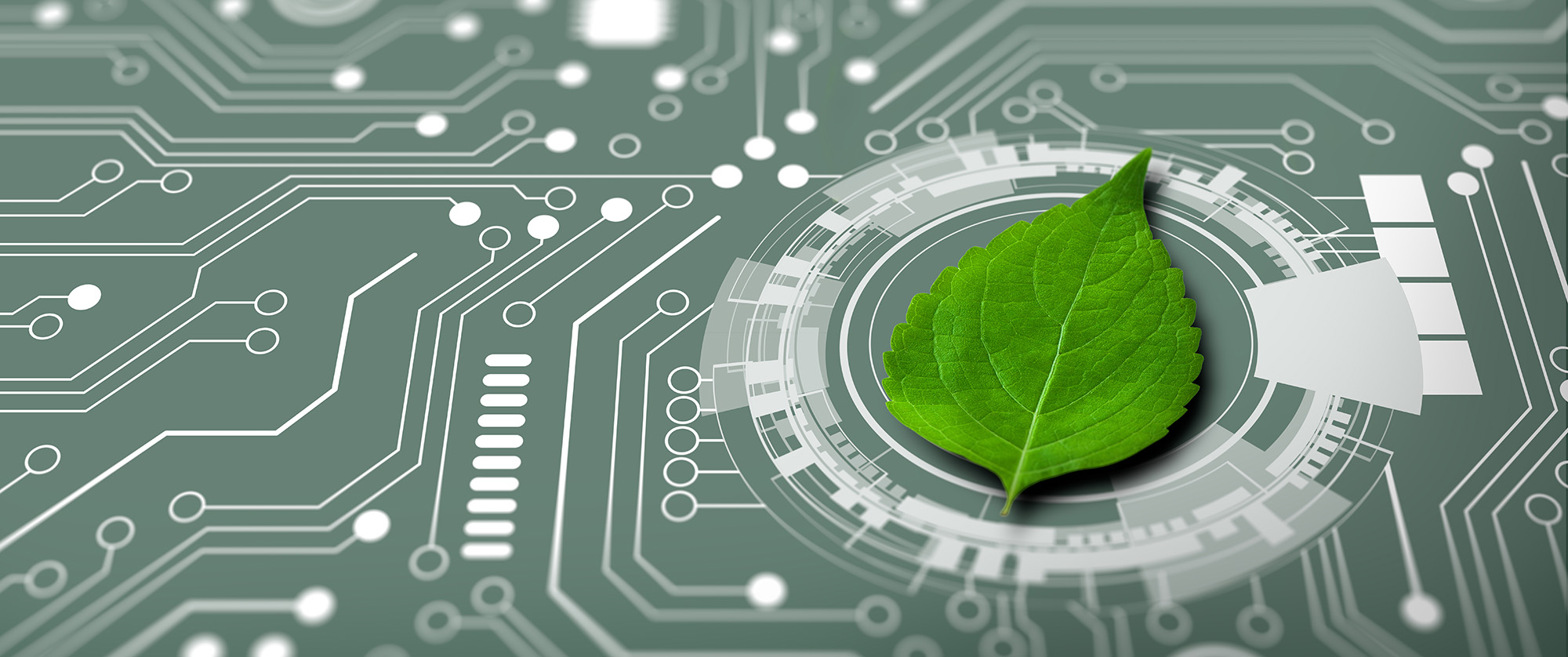Green Technology: A Game-Changer for Sustainability

Green Technology: A Game-Changer for Sustainability
March 25, 2024
Green technology ensures environmental protection by using technology and science to create products and services that are environmentally friendly. The focus is repairing the damage done to the environment in the past and conserving the Earth’s natural resources.
Green technology encompasses a wide area of scientific research, including energy, atmospheric science, agriculture, material science, and hydrology. During this article, we are going to explore the new trends in renewable energy as the business opportunities climate-related.
Emerging Trends in Renewable Energy
Renewable energy is undergoing rapid advancements, with several key trends shaping its trajectory. One significant aspect is the continued decline in the cost of renewable energy technologies, particularly solar and wind power. This cost reduction is driving increased deployment and scalability, making renewable energy increasingly competitive with fossil fuels.
Would be frivolous and superficial to delve into this topic without addressing the famous 3 D’s: Decentralisation, Digitalisation, and Decarbonisation. These three interrelated trends are reshaping the energy landscape and driving the transition toward a more sustainable and resilient energy system.
First D
Decarbonisation involves reducing greenhouse gas emissions and transitioning to low-carbon energy sources to mitigate climate change and achieve environmental sustainability goals. Renewable energy sources, such as solar, wind, hydro, and geothermal power, play a central role in decarbonising the energy sector by displacing fossil fuels and reducing carbon emissions.
The electrification of transportation, heating, and industrial processes further accelerates decarbonisation efforts by shifting energy demand from fossil fuel-based sources to renewable electricity.
Second D
Digitalisation entails the integration of digital technologies, such as artificial intelligence, Internet of Things (IoT), and Blockchain, into the renewable energy sector. These digital innovations enable real-time monitoring, control, and optimisation of energy systems, improving efficiency, reliability, and flexibility.
AI algorithms analyse vast amounts of data to optimise energy production, consumption, and distribution, while IoT devices enable remote monitoring and management of renewable energy assets. Blockchain technology facilitates transparent and secure peer-to-peer energy transactions, enabling the emergence of energy-sharing and trading platforms.
Third D
Decentralisation refers to the shift away from centralised power generation and distribution models towards a more distributed energy paradigm. This trend is enabled by advancements in renewable energy technologies, energy storage systems, and smart grid infrastructure. Decentralised energy generation sources, such as rooftop solar panels, wind turbines, and microgrids, empower communities, businesses, and individuals to produce their electricity locally, reducing reliance on traditional utilities and enhancing energy security.
AI in Green Technology
Artificial intelligence (AI) is revolutionising green technology across various sectors, from energy and agriculture to transportation and urban planning. In renewable energy, AI predictive analytics and machine learning algorithms are optimising the performance of solar and wind farms, increasing energy output, and reducing operational costs.
AI-driven energy management systems are enabling smarter and more efficient use of energy resources in buildings, industrial facilities, and smart grids. These systems can predict energy demand, optimise energy consumption patterns, and automatically adjust energy usage in real-time to minimise waste and maximize efficiency.
“More localised”: Agrotech and Sustainable Agriculture
In agriculture, AI applications are enhancing precision farming techniques by analysing data from sensors, drones, GPS, and satellite imagery to optimise crop yields while minimizing resource inputs such as water, fertilizers, and pesticides. Precision agriculture enables farmers to monitor soil health, reducing waste and environmental impact while maximising yields.
Nowadays, farmers could benefit from AI models, based around pattern recognition. Many AI apps are designed to digest much more data than humans, and, in consequence, analyse more accurate forecasts.
According to Reuters, Will Kelter, the vice president of operations and strategy at ClimateAI, a company that focuses on climate-risk modelling, says that AI can provide “more accurate but also more localised” forecasts of climate trends. This can help agricultural investors to select sites where particular crops will grow well, or decide which crops are best suited to specific sites.
Additionally, AI is driving innovation in sustainable transportation, from optimising traffic flow and reducing congestion to enabling autonomous electric vehicles.
Climate Capitalism
Climate change has moved rapidly and beyond the well-intentioned concern, to the epicentre of smart investment. At the same time, the evolution of this climate crisis represents a physical threat and may impact government policy changes, which affect the markets. There is no doubt that climate and capitalism are becoming intrinsically linked.
Green technology responds to the growing demand for sustainable solutions as consumers, investors, and businesses seek products and services with lower environmental footprints. Advancements in green technology are meeting this demand and creating profitable opportunities for businesses to capitalize on.
Investment and innovation are two essential keys to have in account when exploring the subject of climate capitalism. Green technology represents a significant investment opportunity as governments, businesses, and venture capitalists funnel resources into renewable energy, energy efficiency, sustainable transportation, and other eco-friendly innovations.
Investing in green technology and sustainable projects presents lucrative opportunities for investors seeking both financial returns and positive environmental impact. As the world transitions to a low-carbon economy, there is a growing demand for clean energy, sustainable infrastructure, and eco-friendly technologies, creating a helpful environment for green tech investment.
We hope you enjoyed this article. Explore more insights into the technological world by clicking here!